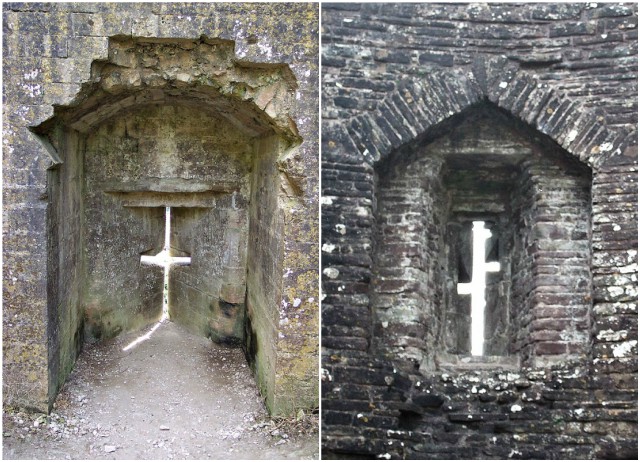Castles are magnificent structures that were primarily built for protection during the Middle Ages. At first, castles were made of earth and wood, but as time passed, castles became more and more sophisticated, with most of them being built in stone.
Castles originated in the 9th and 10th centuries and were both offensive and defensive structures. Kings would often use them as a place to mount attacks from and extend their kingdoms, but they also used castles in order to protect the people from outside invaders.
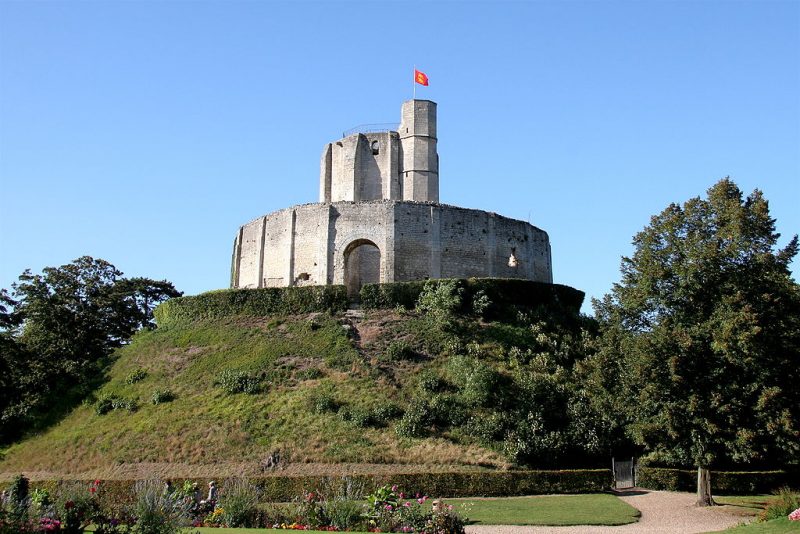
Since castle defenders were often outnumbered, castle designers had to introduce various features to make the castle as defensive and impenetrable as possible.
Around the outside of a castle, a wall was typically built, and then around this wall, another wall, and in some cases, a third wall. If the outer wall was breached, castle defenders were able to retreat to an inner set of walls and the siege began all over again.
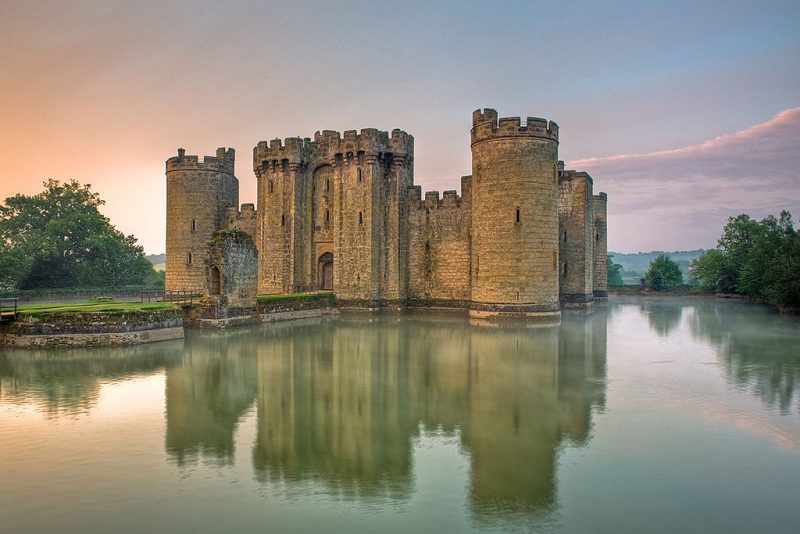
Castles were often circled all the way around by a deep and wide water-filled trench in order to protect it from siege machines such as siege towers and battering rams. Burrowing beneath the castle was impossible if there was a moat around it.
Over the moat of the castle, there was a large wooden bridge which could be raised if the castle was attacked. Castle architects also built towers to maximize the view and spot oncoming attackers.
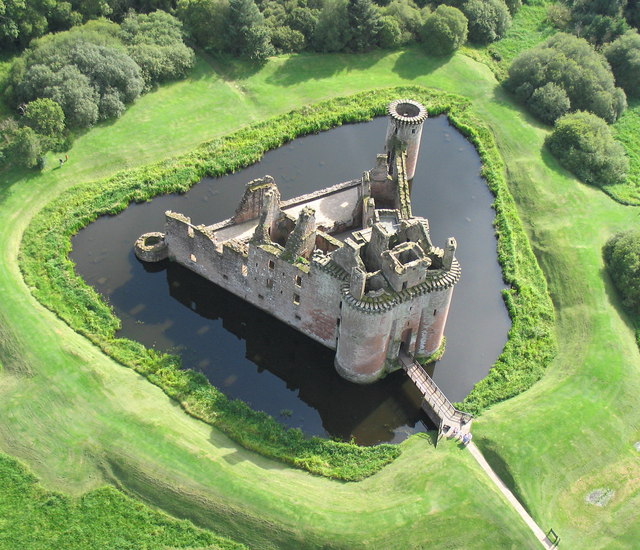
Since archers were capable of deciding the outcome of the battle, they had the central role in castle defenses. Archers were a part of the armies of almost all ancient civilizations and continued to be an integral part of armies through to medieval times.
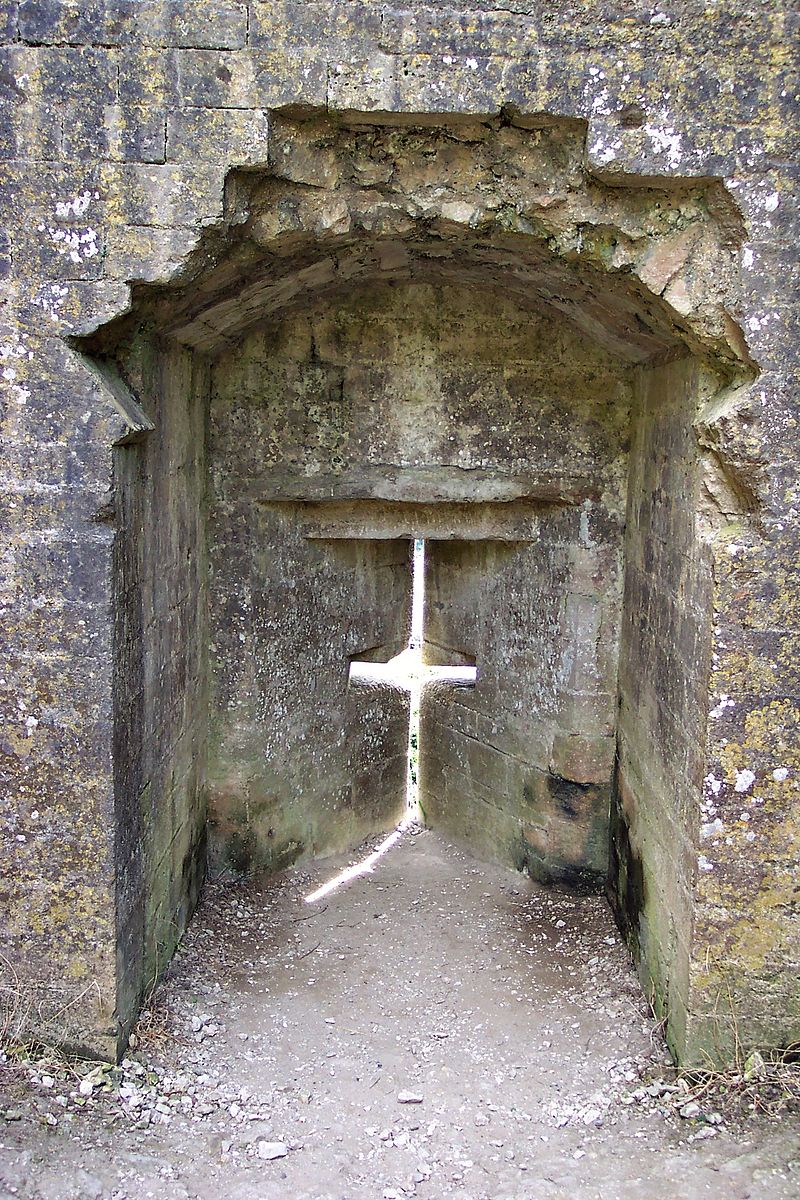
Towards the end of the 12th-century, castle designers reintroduced the use of what are known of as loopholes or arrowslits, in castle architecture. Yes, you read well, loopholes. But not as an ambiguity in a rule or a law that can be exploited, as we know it as today, but as a feature of medieval castle architecture.
If you had the chance to visit one of the many medieval castles throughout Europe, you probably noticed the narrow slits in the walls of the castles through which an archer could launch arrows. These narrow slits in the walls of the castles were referred to as “loopholes”. Just like the modern day figurative loopholes, castle loopholes allowed a person to exploit an opening.
Archimedes around 214BC first created loopholes during the siege of Syracuse. They fell out of favor until the 12th century, when they were then reintroduced to military architecture.
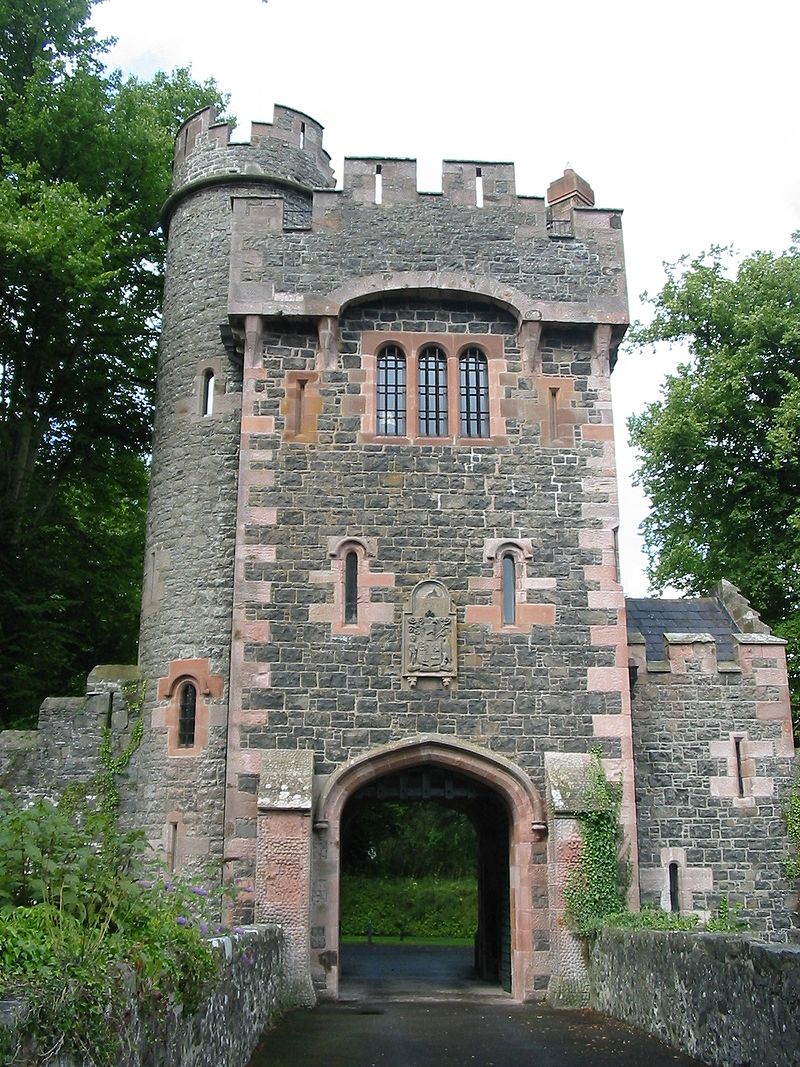
At first, loopholes were thin vertical openings in the walls of a castle and had a limited field of vision, but they became more advanced by the addition of aligned openings, allowing defenders to view the target before it entered the range.
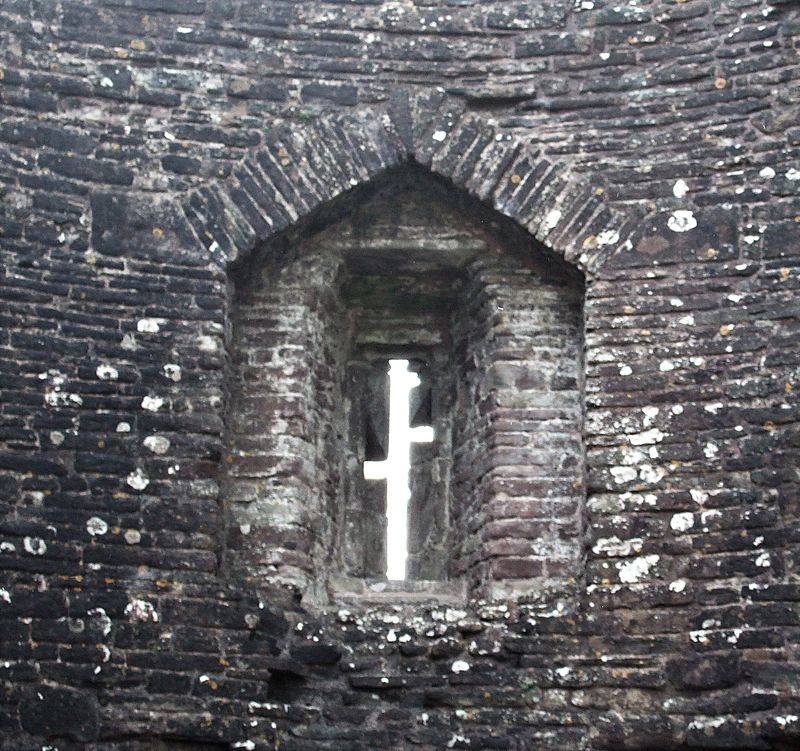
By adding horizontal openings, these changes in the loopholes allowed the archers to defend a larger part of the castle, as the angles that one could fire arrows from were greater.
Although loopholes were originally designed for use with bows, they were adapted to accommodate the crossbow and were widely used in the 13th, 14th and 15th centuries.
